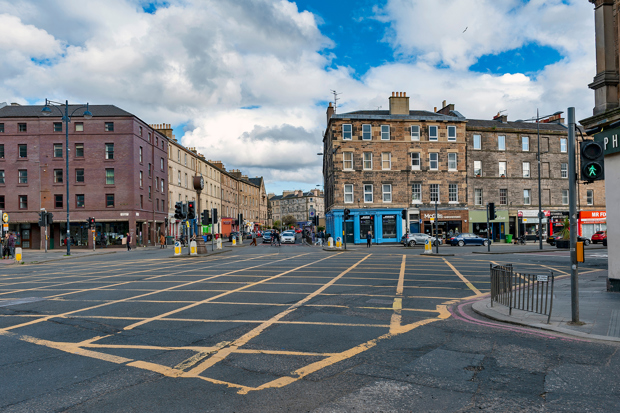Majority of yellow box junctions not fit for purpose says RAC

There are issues with nine out 10 yellow box junctions which could lead to drivers being unfairly fined, according to the RAC.
Following the Government's decision to let councils outside London and Cardiff apply for powers to enforce moving traffic offences, 27 local authorities have put forward proposals to enforce 111 yellow box junctions.
The RAC commissioned Sam Wright, who was formally responsible for the design and approval of yellow boxes on the Transport for London road network, to review the applications and found that there are issues with 90% of the boxes.
More than half directly contravene the current government guidance, sometimes on multiple counts.
Yellow box junctions are used to prevent the blocking of "cross" or "through" traffic movements. If a box, or part of a box, does not protect a cross movement, it serves no purpose and any fine issued there is unnecessary.
However, two of the biggest issues with many of the yellow box junctions that councils are looking to enforce relate to visibility and size.
Drivers need clear visibility of the box and where it ends, in order to comply with their duty to only enter it if their exit is clear.
Unfortunately, many of the boxes proposed to be enforced do not conform with this requirement because visibility is blocked, boxes are too large for drivers to see where they end, or they simply do not cover cross movements.

The report's findings show that 90 (81%) of the boxes proposed for enforcement are unnecessarily large and 40 boxes (36%) have visibility issues.
In some cases, drivers can't even see that there is a box present because of faded road markings, let alone where it ends.
Councils are planning to enforce 16 boxes at the far side of T-junctions, something which goes against the Department for Transport's guidance, which states that "a half-box on the side of the road opposite a T-junction generally serves no useful purpose".
There are also 18 boxes that extend beyond junctions such that they may be considered non-compliant with the regulations.
The RAC has called for action to be taken by the Department for Transport to both review existing guidance and compel mandatory audits prior to enforcement, which they believe will help to ensure transparency and fairness in enforcement.
Simon Williams, the RAC roads spokesperson, said that fines could have real financial consequences for those on the receiving end and it is not only imperative, but a moral duty to ensure that fines are fair, justified and that the appeals process is consistent across the country.
Why don't National Highways educate drivers about motorways and the left lane?


